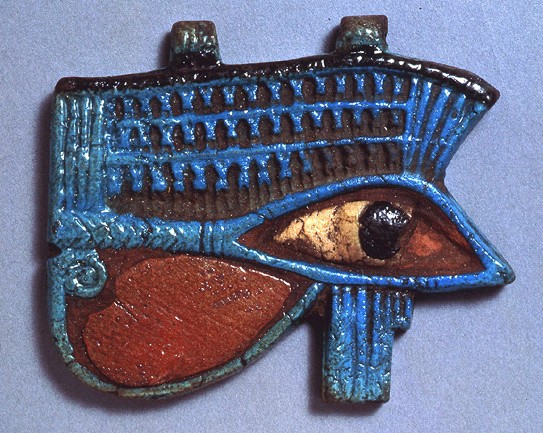 I broke down and purchased Immortal Cities: Children of the Nile tonight, which is an ancient Egyptian city builder computer game. I've long been partial to city builders: Caesar, Pharaoh, Emperor, I've played them all. In Children, one of the city shops is an artisan who sells faience jewelry. I vaguely remember purchasing "mummy beads" at the Cincinnati Art Museum when I was a kid and I seem to remember the word faience associated with them. I also remember the beads had a peculiar smell to them, not unpleasant but odd and undefinable for me at the time.
I broke down and purchased Immortal Cities: Children of the Nile tonight, which is an ancient Egyptian city builder computer game. I've long been partial to city builders: Caesar, Pharaoh, Emperor, I've played them all. In Children, one of the city shops is an artisan who sells faience jewelry. I vaguely remember purchasing "mummy beads" at the Cincinnati Art Museum when I was a kid and I seem to remember the word faience associated with them. I also remember the beads had a peculiar smell to them, not unpleasant but odd and undefinable for me at the time.Faience, as it turns out, is the oldest manufactured artificial substance, first produced (probably in Egypt) around 5,500 years ago. It is a non-clay ceramic substance, primarily composed of crushed quartz or silica mixed with lime, soda or ash, which is finished by glazing and firing in a kiln. In ancient Egypt, faience was used to produce many different types of objects, from beads and jewelry to figurines and pottery. The typical color of a finished piece was a lovely blue-green due to the copper used in the glaze, although many other colors of glazed faience were also produced.
The only place traditional faience is still being made is in Iran; the modern Egyptian version is mostly made from soapstone for the tourist trade. This makes it unlikely in the extreme that my 50 cent strand of "mummy beads" was actually faience. In fact, they may have been made of some sort of resinous material, which would account for the odor. I'd love to have some again and I always look for "mummy beads" whenever I go into a museum gift shop now, but I haven't managed to find any.
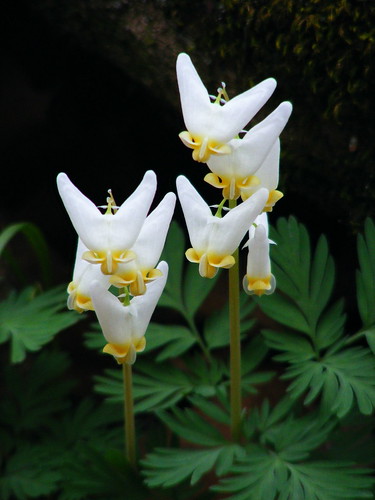


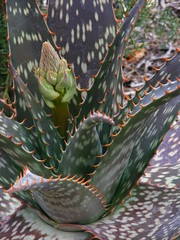
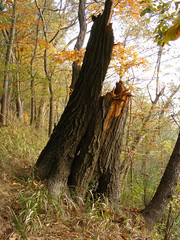
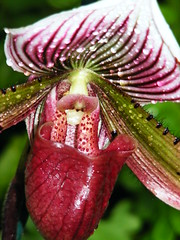
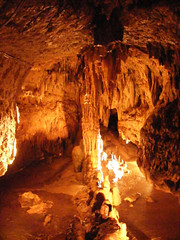


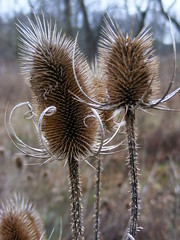


No comments:
Post a Comment